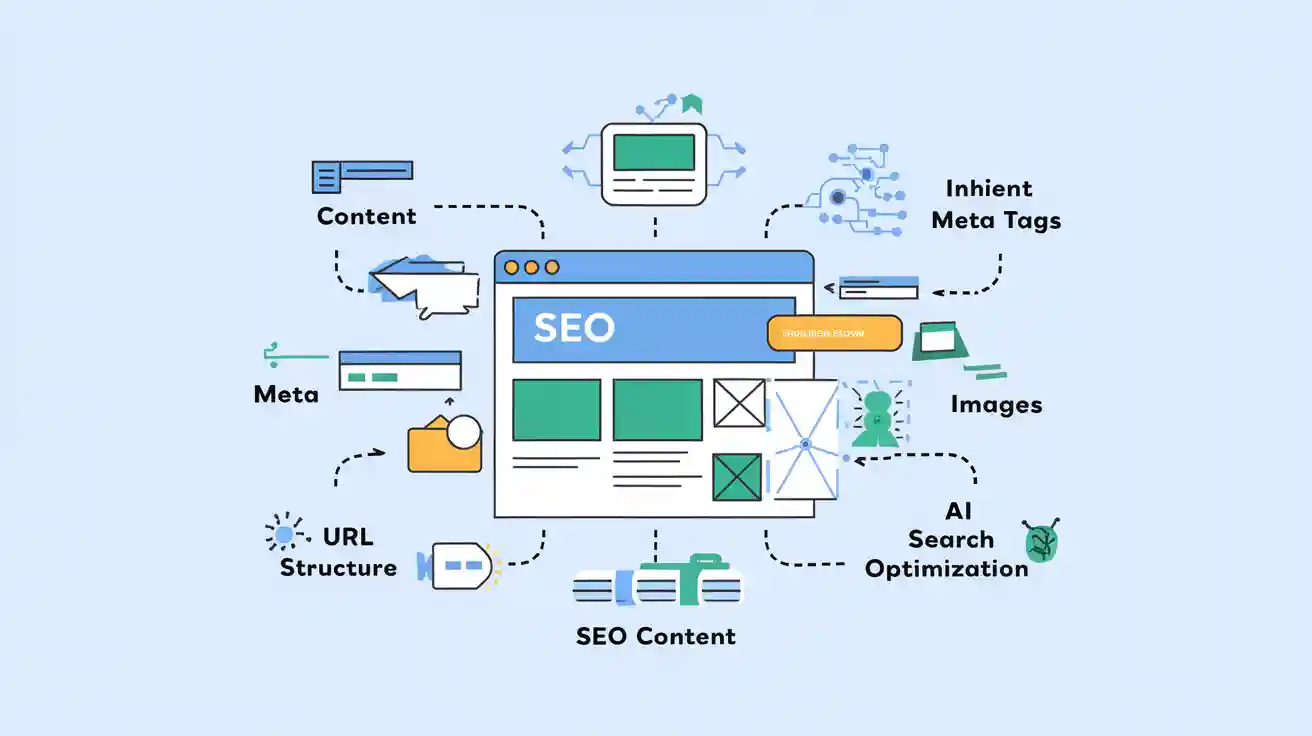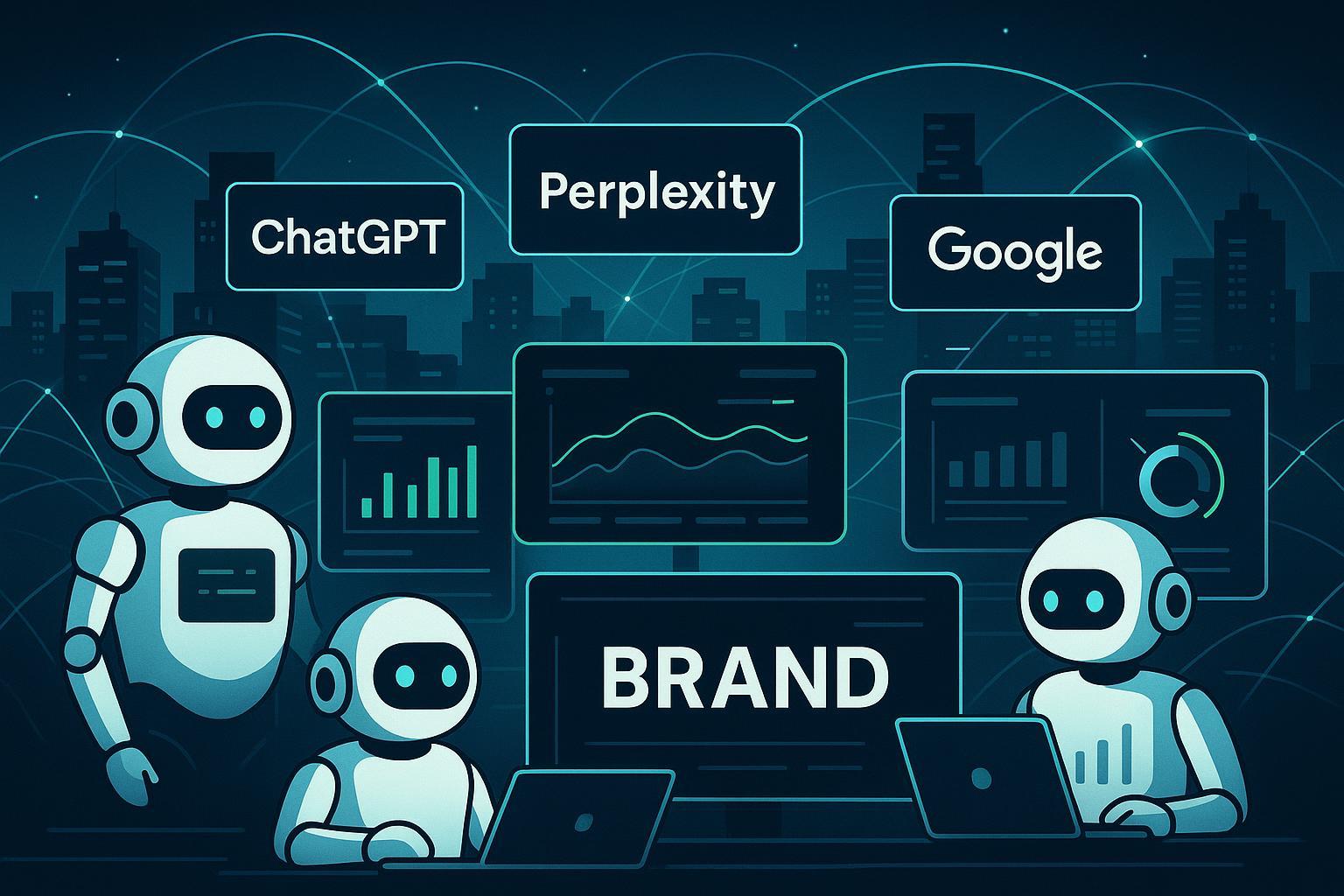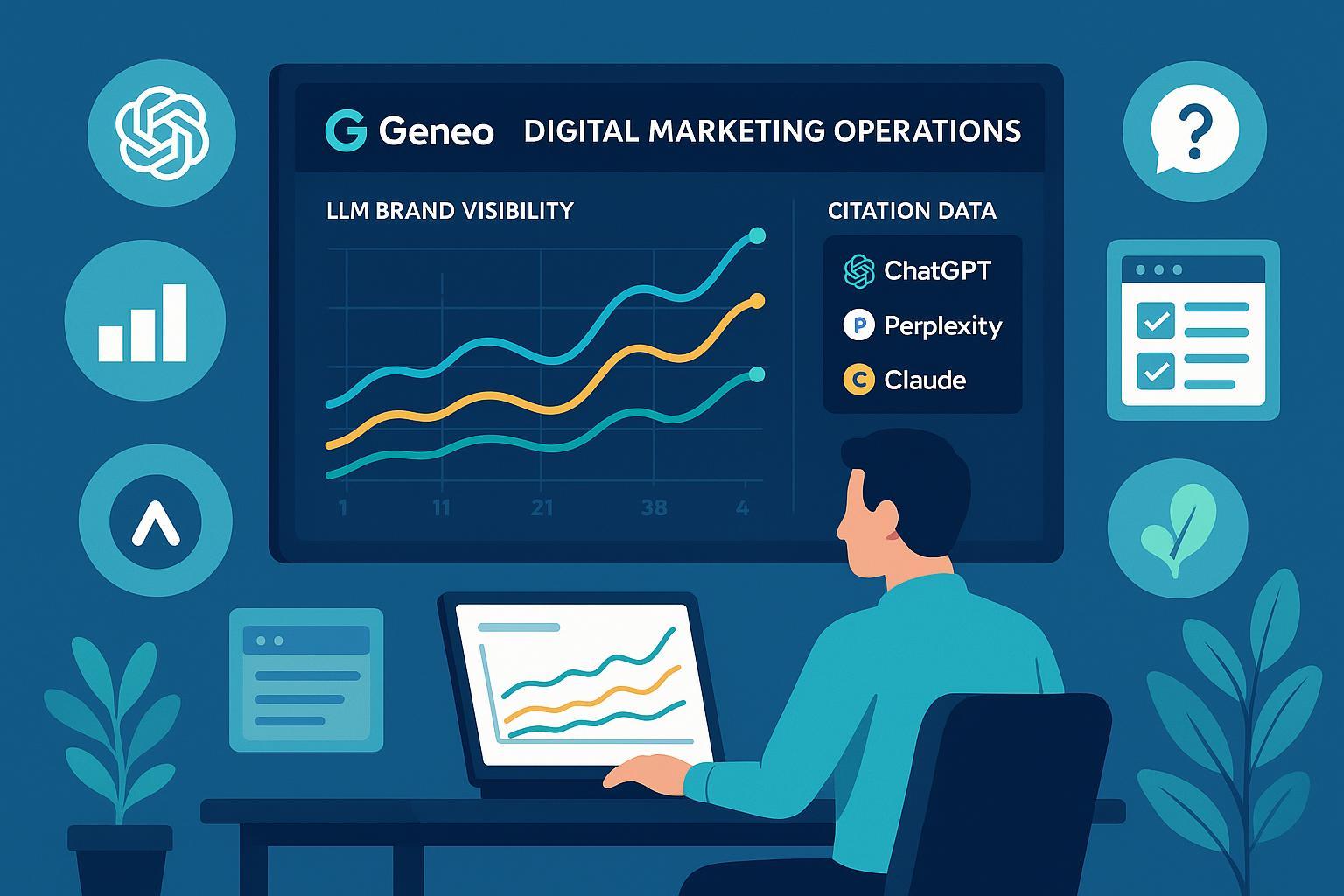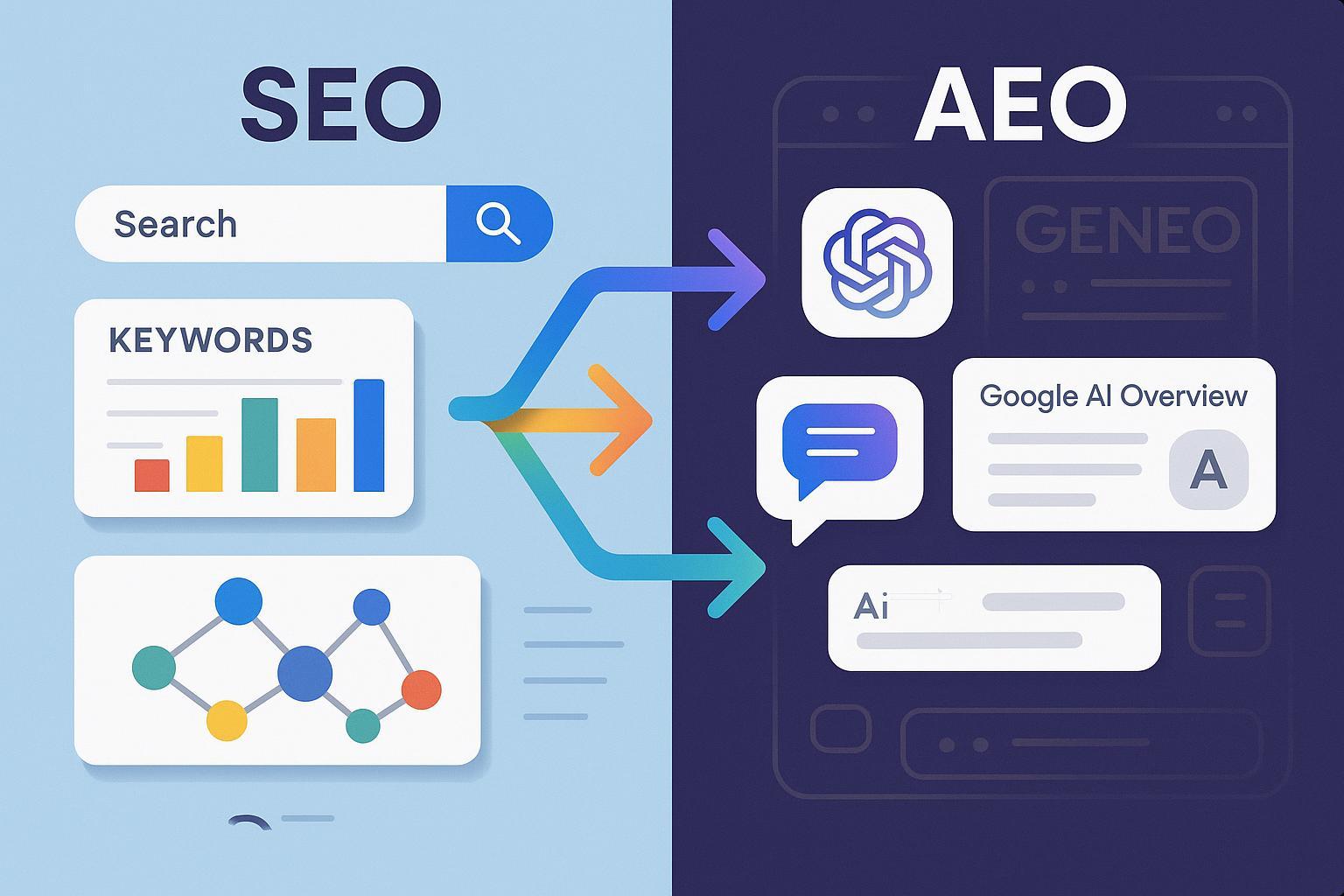什么是On-Page SEO?On-Page SEO定义、核心要素与AI搜索优化
全面解析什么是On-Page SEO,涵盖On-Page SEO定义、关键组成、AI搜索优化(AEO/GEO)趋势及实际品牌应用。了解如何通过内容、结构、Meta标签和AI工具提升网站在Google、ChatGPT等AI搜索引擎中的排名和可见性。


One-Sentence Definition
On-Page SEO is the process of optimizing individual webpages—including their content, structure, and HTML elements—to improve visibility and relevance for both search engines and users.
In-Depth Explanation
On-Page SEO (also called on-site SEO) involves all the actions you can take within your website to help search engines understand your content and to deliver a better user experience. This includes optimizing for search intent, refining title tags, improving internal linking, and ensuring your content is structured for both humans and algorithms. As search evolves, On-Page SEO now also means preparing your content for AI-driven search engines and answer engines like ChatGPT, Google AI Overviews, and Perplexity (Semrush, Backlinko).
Key Components of On-Page SEO
Content Quality: Create unique, helpful, and in-depth content that matches user intent. Use clear language, answer real questions, and update regularly.
Keyword Strategy: Research and place target keywords naturally in titles, headings, the first paragraph, and throughout the content.
Title Tags & Meta Descriptions: Write concise, keyword-rich titles and meta descriptions that accurately summarize the page and encourage clicks.
URL Structure: Use short, descriptive URLs with relevant keywords and hyphens for readability.
Headings (H1, H2, H3): Organize content with a clear heading hierarchy to help both users and search engines navigate your page.
Internal & External Links: Link to other relevant pages within your site (internal links) and to authoritative external sources to build trust and context.
Image Optimization: Use descriptive file names and alt text, compress images for speed, and ensure they add value to the content.
Structured Data (Schema Markup): Implement schema (like FAQ or Article markup) to help search engines and AI tools understand your content and feature it in rich results or AI answers.
User Experience (UX): Ensure fast load times, mobile-friendliness, and easy navigation.
Real-World Application: On-Page SEO in the Age of AI Search
With the rise of AI-powered search engines and answer engines (AEO/GEO), On-Page SEO now requires:
Structuring content for direct answers (using FAQs, bullet points, and clear summaries)
Enhancing E-E-A-T (Expertise, Experience, Authoritativeness, Trustworthiness) signals
Using schema markup to increase the chance of being cited in AI-generated responses
Monitoring how your content appears in AI search results and adapting accordingly
Example: Brands and marketers use platforms like Geneo to track their visibility in AI search results (e.g., ChatGPT, Google AI Overviews, Perplexity). Geneo provides actionable content suggestions, monitors brand mentions, and analyzes on-page factors—helping you optimize for both traditional SEO and AI-driven search environments. For instance, a brand might use Geneo to identify underperforming landing pages, receive AI-powered recommendations to improve meta descriptions and content structure, and then see improved rankings in both Google and AI answer engines.
Related Concepts
Off-Page SEO: Focuses on external factors like backlinks and brand reputation. See the difference.
Technical SEO: Involves site speed, crawlability, mobile optimization, and security.
AEO (Answer Engine Optimization): Optimizing content for direct answers in featured snippets and voice search.
GEO (Generative Engine Optimization): Ensuring your content is structured and credible so AI tools like ChatGPT and Perplexity cite it in their responses.
E-E-A-T: Signals of expertise, experience, authority, and trust—crucial for both SEO and AI search.
Further Reading & Tools
Ready to optimize your brand for the future of search? Try Geneo for actionable AI search optimization and real-time ranking insights.





